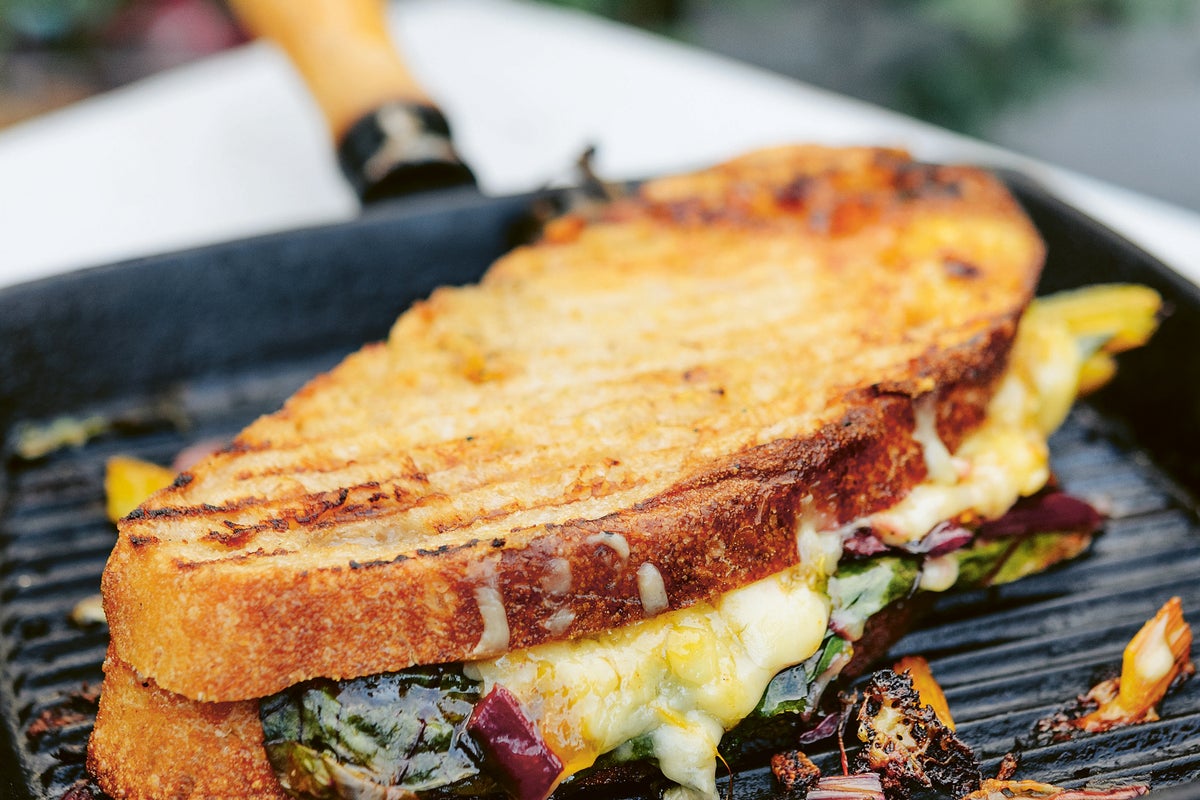Sandwiches: The Culinary Battlefield Where Tradition Meets Innovation, and Only One Can Claim Supremacy in the Fight for Flavor and Identity
The humble sandwich, often seen as a mere convenience food, has evolved into a cultural touchstone that reflects societal values, culinary innovation, and even political ideologies. As we celebrate National Sandwich Day, it is essential to recognize that sandwiches are more than just layers of bread and fillings; they are a battleground of taste, tradition, and identity. Across the world, the sandwich has taken on myriad forms, each with its own cultural significance and culinary techniques. From the classic Reuben to the decadent croque monsieur, these creations tell a story about who we are as a society and what we value.
In the United States, the sandwich has become a symbol of comfort and convenience, often embodying the spirit of innovation. The Reuben sandwich, a combination of corned beef, Swiss cheese, sauerkraut, and Russian dressing, reflects the melting pot of American culture, where immigrant influences blend into something uniquely American. Originating from Jewish delis, the Reuben has transcended its humble beginnings to become a staple in diners and restaurants across the nation. Its popularity is indicative of a broader trend where traditional recipes are reimagined to cater to contemporary tastes, yet it raises questions about authenticity and cultural appropriation.
Similarly, the croque monsieur, a French classic, showcases the elegance and sophistication of French cuisine. This grilled ham and cheese sandwich, often topped with béchamel sauce, represents a culinary philosophy that values technique and tradition. The croque monsieur has its roots in the Parisian café culture of the early 20th century, where it was a quick yet indulgent meal for busy patrons. However, the introduction of variations like the croque madame, which adds a fried egg on top, demonstrates how culinary boundaries can be pushed while still respecting tradition. This raises an important dialogue about the balance between innovation and preservation in the culinary arts.
In recent years, the sandwich landscape has expanded to include a plethora of international influences. From banh mi, the Vietnamese sandwich loaded with pickled vegetables and grilled meats, to the Italian panini, these global interpretations challenge the notion of what a sandwich can be. Banh mi, for instance, is a product of colonial history, representing the fusion of French and Vietnamese culinary traditions. This sandwich not only serves as a meal but also as a reminder of historical complexities and cultural exchanges that shape our food landscape.
As we dissect the various forms of sandwiches, it is crucial to consider the socio-economic factors that influence their consumption and production. The rise of gourmet food trends has led to a resurgence of artisanal sandwiches made with high-quality ingredients, reflecting a growing consumer demand for authenticity and sustainability. However, this trend also raises concerns about accessibility and affordability, as gourmet sandwiches often come with a hefty price tag. The juxtaposition of high-end and humble sandwiches highlights the disparities in our food system, prompting a discussion about food equity and the right to quality nutrition.
In this culinary battleground, the debate over what makes the “best” sandwich is as heated as any political discourse. Each sandwich, with its unique ingredients and preparation methods, represents not only personal taste but also cultural identity. The toastie, often associated with comfort food, embodies simplicity and nostalgia, while the sando, a Japanese creation, showcases precision and artistry. The ongoing conversation about sandwiches reflects broader societal themes, including globalization, cultural exchange, and the quest for authenticity in a rapidly changing world.
As we celebrate National Sandwich Day, let us acknowledge the sandwich as a reflection of our diverse culinary heritage. It serves as a reminder that food is not just sustenance but a medium through which we express our values, beliefs, and identities. The sandwich, in all its forms, challenges us to think critically about the choices we make in the kitchen and the implications those choices have on our society and culture. The next time you bite into your favorite sandwich, remember that you are partaking in a rich tradition that has shaped our world in profound ways.
Whether you like yours oozing with cheese, fried to perfection or stacked sky-high, this National Sandwich Day Hannah Twiggs rounds up the ultimate recipes to honour the humble sandwich in all its glorious, handheld forms

